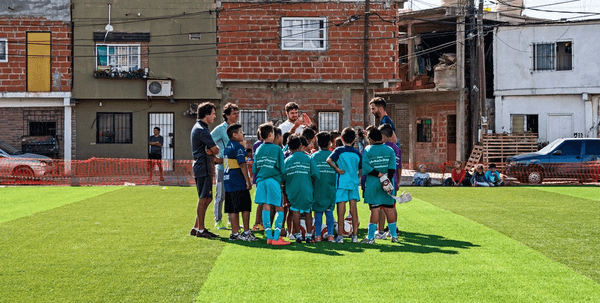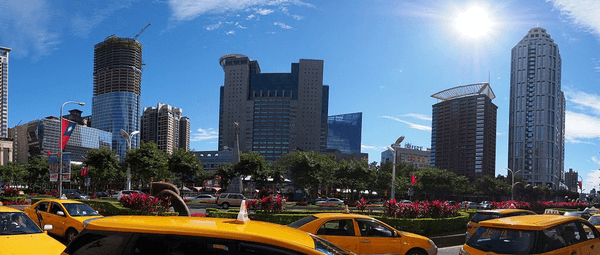
City
Jiaxing
Main actors
Local Government, Regional Government, Community / Citizen Group, Research Institutes / Universities
Project area
Whole City/Administrative Region
Duration
Ongoing since 2005
This practice ensures drinking water safety for residents and promotes continuous improvement in ecological and residential environments.
Located in the heartland of China´s Yangtze River Delta and in the river network of the Taihu Lake river basin plain, Jiaxing enjoys abundant water resources. However, because of upstream resources and rapid development in industrialization and urbanization, in-coming water pollution and urban pollution directly threatened drinking water quality for residents in Jiaxing. Although water quality has gradually been improved through comprehensive control and protection, micro-pollution of drinking water is still a practical problem.
Jiaxing City Government made great efforts to upgrade the water supply technology, focusing on research to improving water quality. The concept of pollution control was transferred from an engineering orientation towards ecological orientation. Thus, Jiaxing City took the lead in putting forward the practice of building artificial ecological wetlands in order to improve the water source quality in China. In the project aquatic plants in the wetlands play a main role in effectively removing pollutants bringing purified water quality from the wetlands comes up to national standards.
Innovative practice in Jiaxing City ensures drinking water safety for residents and promotes continuous improvement in ecological and residential environments. It also provides cities in the world facing similar problems of micro-pollution in drinking water with a meaningful solution.
On Map
The Map will be displayed after accepting cookie policy


